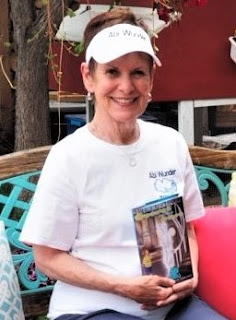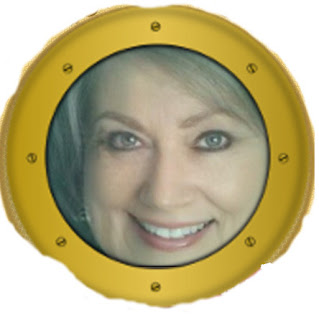What is a Chapbook? by Deborah Lyn Stanley
Chapbooks (also called booklets), were first available in Europe; coming on the scene in the 1500s. They made literature available to everyone, because they were inexpensive to produce and to buy.
Chapbooks are 20-40 pages long, folded lengthwise sheets of 8.5 X 11” size paper, bound with a saddle stitch or staples. Some small publishers handle this size publication, but they are easily self-published using Microsoft Word.
Items to consider:
1. Low-cost to produce, low-price point,
2. Often used to compile poetry thematically,
3. Chapbooks have been linked to self-publishing,
4. Chapbooks, highly regarded within the literary world are great for a sampling or to introduce your works of poetry & short stories,
5. Provide a great way to publish a series of blog posts,
6. Chapbooks work to establish your name & reputation as publishers watch to add fresh voices.
7. Distribute your chapbook for sale or free following an open mic reading event.
8. Enter a contest for Chapbooks.
9. Design your own front and back cover.
10. Last but not least: prepare your chapbook as a pdf and distribute it via your blog, website or digital publisher (Draft 2 Digital, KDP etc.).
Ideas popping?
Inspired to Draft a Chapbook?
I sure hope so!
Check out the following for additional information and How-Tos:
How to Make Your Own Chapbook by Writers Write: https://www.writerswrite.com/tools/chapbooks/
Train River
https://www.trainriver.org/designing-a-chapbook
Create a Booklet in Microsoft Word by TechGramma - Julie Pfeifer
https://www.youtube.com/watch?v=7CuxzkLcDsw
Deborah Lyn Stanley is an author of Creative Non-Fiction. She writes articles, essays and stories. She is passionate about caring for the mentally impaired through creative arts.
Visit her My Writer’s Life website at: https://deborahlynwriter.com/
Visit her caregiver’s website: https://deborahlyncaregiver.com/
Mom & Me: A Story of Dementia and the Power of God’s Love is available:
https://www.amazon.com/Deborah-Lyn-Stanley/
& https://books2read.com/b/valuestories
Share on LinkedIn
https://www.linkedin.com/
And more via the icon bar below:




















